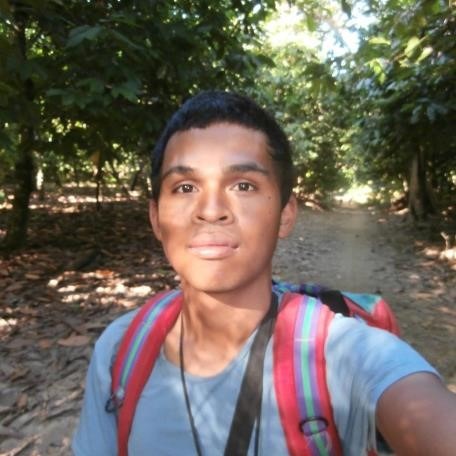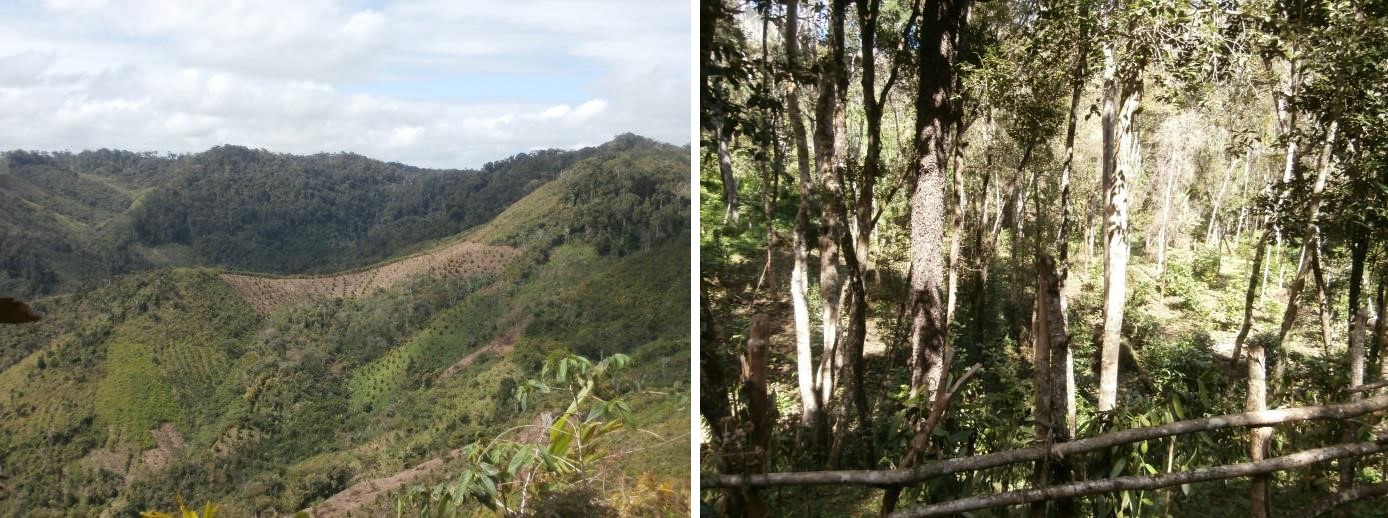

Using GIS to tackle unsustainable ag practices in Madagascar, TropAg
November 5, 2019
The Crawford Fund’s Queensland Committee has again partnered with TropAg2019 to assist 10 young researchers from developing countries attend and present their science at this international conference which will be held in Brisbane from 11-13 November 2019. Successful candidates were chosen by a selection panel made up of representatives of The Crawford Fund and the TropAg2019 conference organisers, based on submitted abstracts of their research.
In the lead-up to the conference we will be publishing short blog posts written by the young researchers about their work. Here is the fifth blog.
By Percy Yvon Rakoto, RMIT

Percy is a Masters student in Geospatial Science at the Royal Melbourne Institute of Technology. He is interested in the use of Geographic Information System (GIS) in the monitoring and evaluation of environmental projects including urban and natural environment. He has worked with universities in Madagascar (the fourth biggest Island in the world located in East of Africa) to design the monitoring and evaluation of natural resources of the department of ecology and sustainability.
Percy is passionate about technology and the application of geography to solve environmental issues and to promote more sustainable agriculture techniques. During and after his Bachelor degree in 2011 at the University of Antananarivo in forestry and agronomy, he has conducted extensive research in Southern and Eastern of the country to respectively analyse the desertification process and study slash and burn agriculture using remote sensing and ground-truth techniques. In 2018, Percy received the Australia Award scholarship and began to study at RMIT University. His thesis is about how spatial pattern of urban vegetation can reduce Urban Heat Islands in Melbourne.
In 2014, during his real first trip to the humid rain forest of the East of Madagascar, Percy was struck by the gaps of the standard of living between the city and the villages located in these remote areas of Madagascar. Madagascar, the red island, used to be once upon a time a wildlife paradise. Today, the natural resources are located far away from human settlement, where almost nobody can touch Mother Nature. “Almost”, because where the rice production is not sufficient to feed a family of five, households practice unsustainable agriculture technique clearing forests even on steep mountains and replacing to cash crop or rice field. Vanilla, coffee and cloves are among the best known products from Madagascar. Vanilla comes from an orchid and is used for flavouring. Some of these cash crops are cultivated at the edge or inside the rainforest, slowly taking a little bit of the remaining forest and creating land use change in Madagascar.





